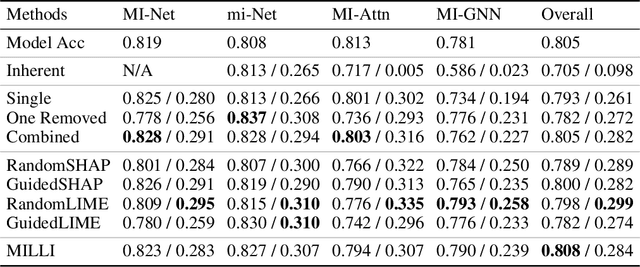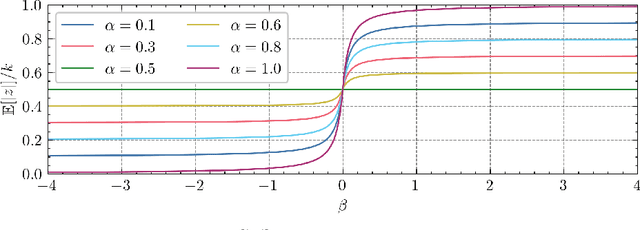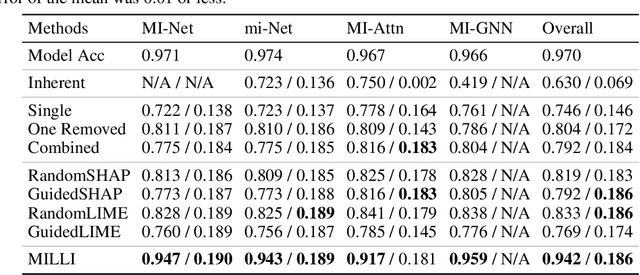Model Agnostic Interpretability for Multiple Instance Learning
Paper and Code
Jan 28, 2022



In Multiple Instance Learning (MIL), models are trained using bags of instances, where only a single label is provided for each bag. A bag label is often only determined by a handful of key instances within a bag, making it difficult to interpret what information a classifier is using to make decisions. In this work, we establish the key requirements for interpreting MIL models. We then go on to develop several model-agnostic approaches that meet these requirements. Our methods are compared against existing inherently interpretable MIL models on several datasets, and achieve an increase in interpretability accuracy of up to 30%. We also examine the ability of the methods to identify interactions between instances and scale to larger datasets, improving their applicability to real-world problems.
 Add to Chrome
Add to Chrome Add to Firefox
Add to Firefox Add to Edge
Add to Edge